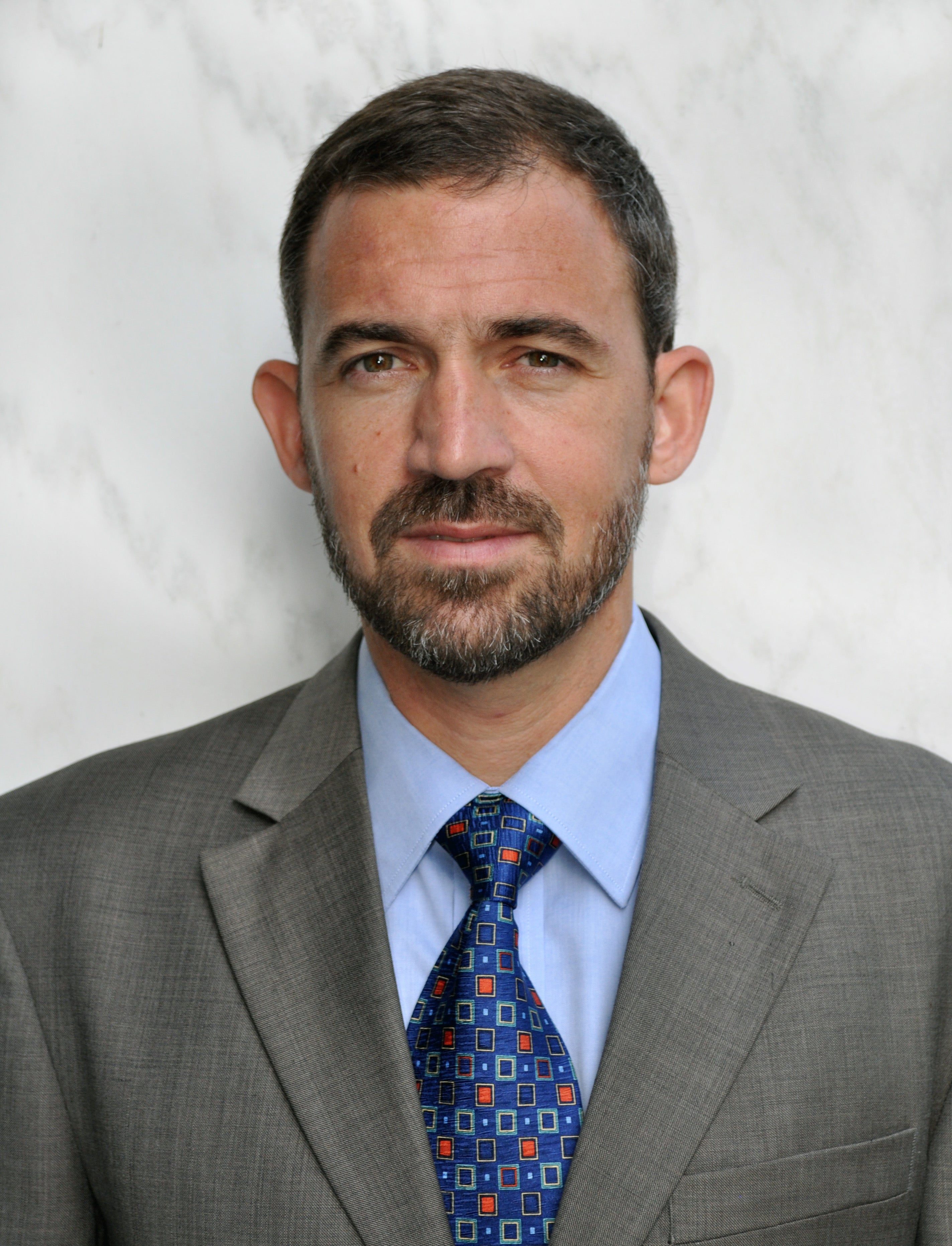This commentary originally appeared on our Texas Clean Air Matters blog.
As we thaw out this week from our most recent arctic blast, Texas’ inexperience with ice and snow has been met with Internet memes and jokes. But dealing with extreme temperatures causes serious strain on our current energy system and exacerbates our “energy crunch,” signifying that the available supply of electricity barely meets the demand for that power.
However, as is typical of Texas, last week our weather was quite pleasant – in the 70s – and strains on the system due to weather events weren’t too much of a concern. Yet the Electric Reliability Council of Texas (ERCOT), the state agency charged with managing the flow of electricity for most of Texas, alerted an emergency situation despite mild temperatures. To avert disaster, ERCOT initiated demand response, “ask[ing] customers to raise thermostat settings to 78 degrees, typically a summer response intended to reduce demand from air conditioners.” A single malfunctioning power plant caused the problem. ERCOT declined to identify the plant involved.
Much of this uncertainty and drama can be alleviated with demand response (DR), a novel approach to managing the grid system. Using smart power technology like smart thermostats, utilities can moderately adjust their customers’ energy use in real-time for a brief amount of time to meet the energy needs of all Texans. When energy demand is high, electric utilities can ask customers to voluntarily conserve energy in exchange for cost-savings and even payments. During the polar vortex earlier this month, CPS Energy, San Antonio’s municipal utility, saved about 77 megawatts (MW) of power through demand response programs – enough to power 32,725 homes. Texas isn’t the only place where demand response is taking hold. Read More













 This commentary originally appeared on our
This commentary originally appeared on our 